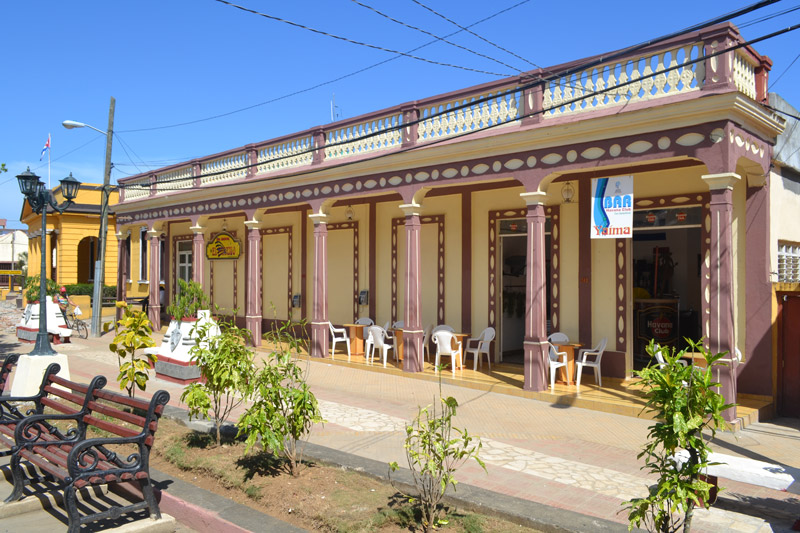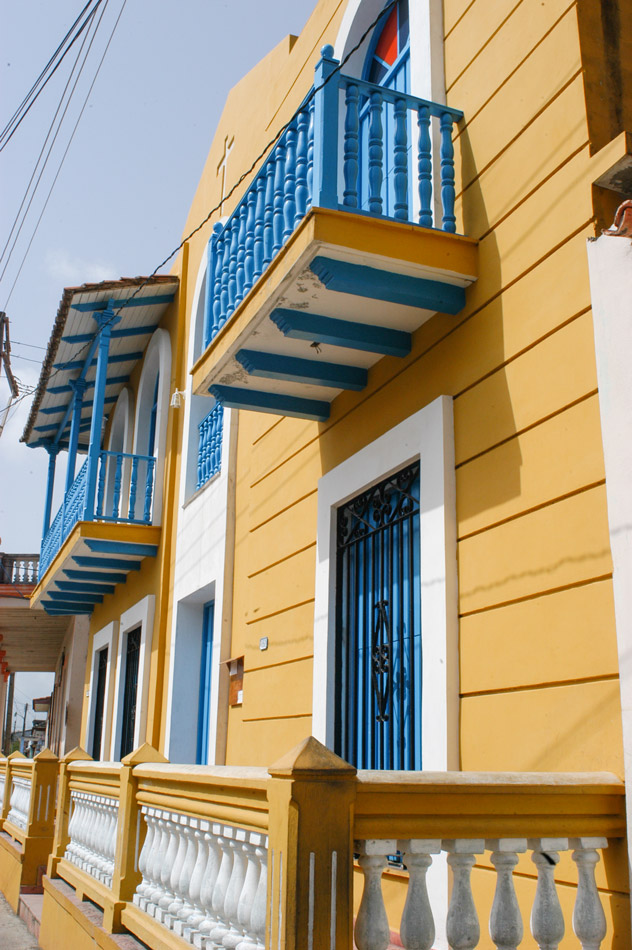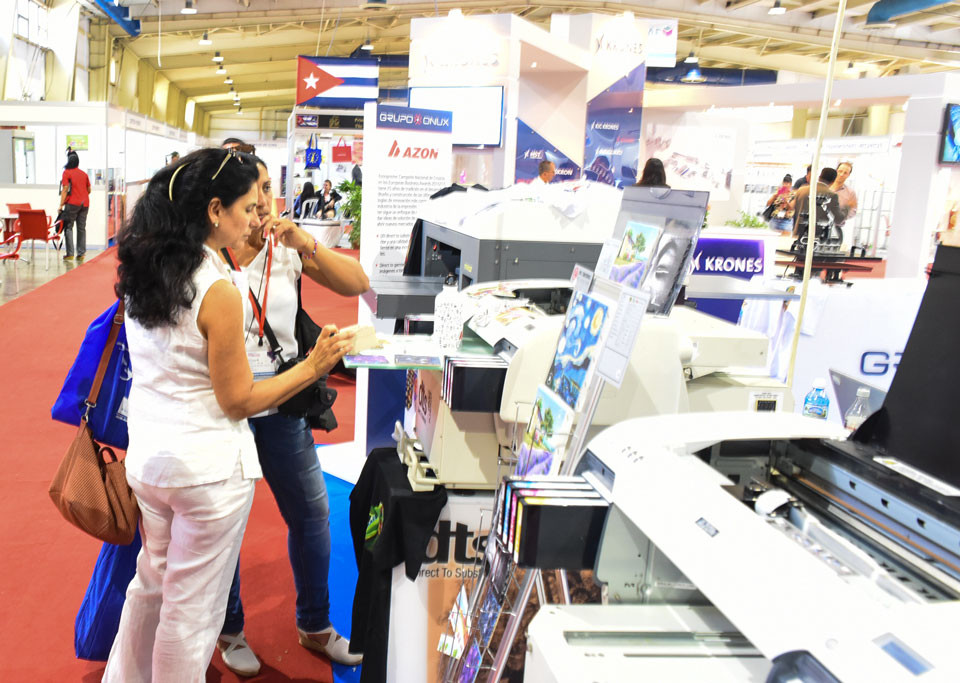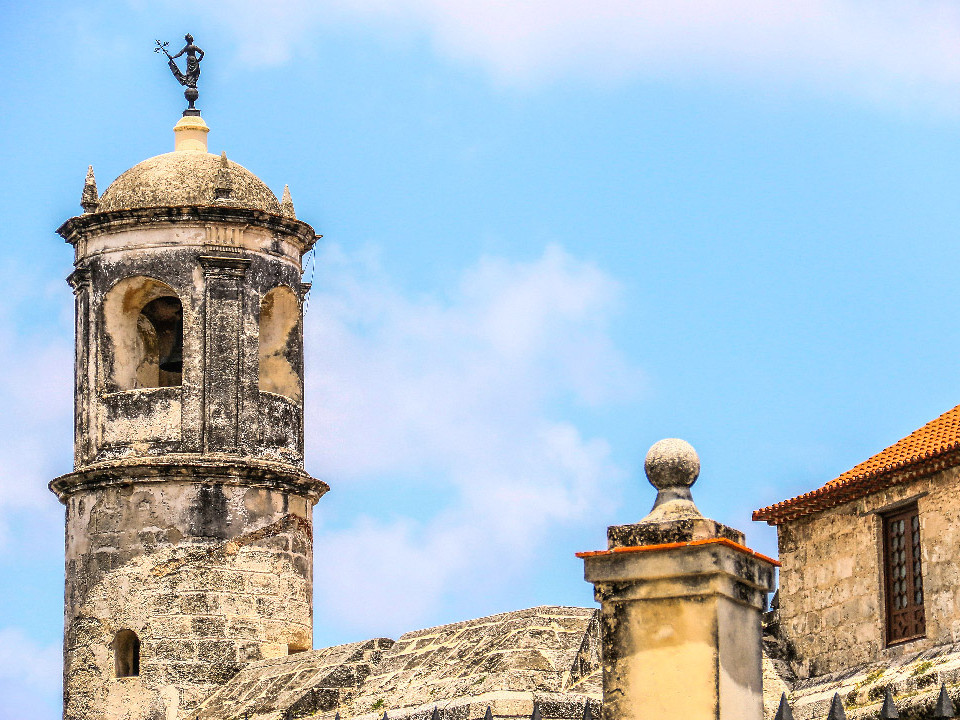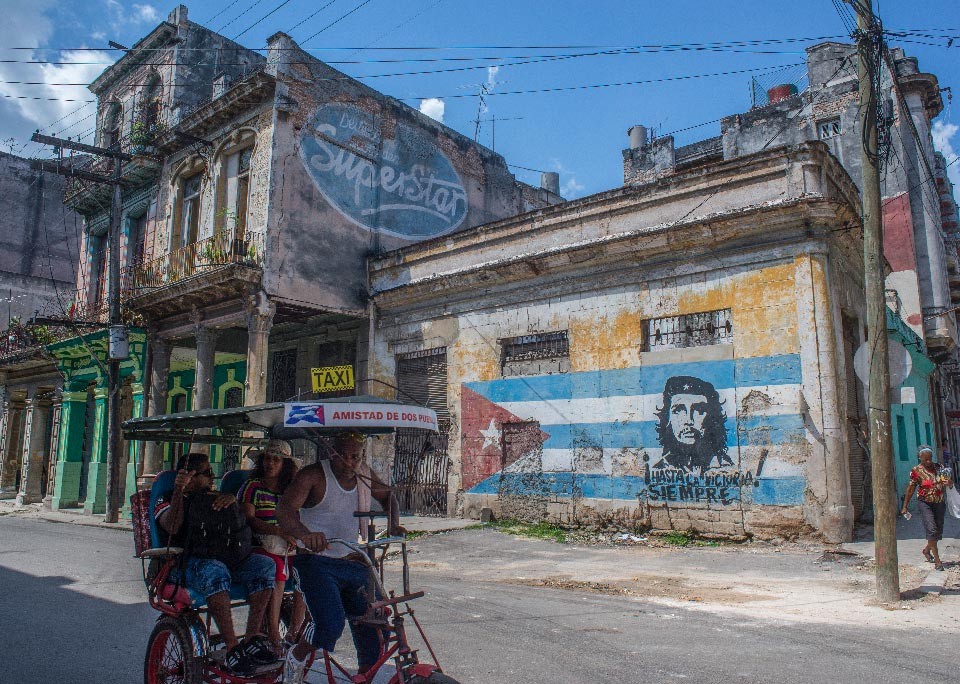The first thing for the eyes in the east of Cuba is the mountains and for the senses, the hospitality of its people. To the north and south are important mountain ranges and on the edge of the coasts, or in inner valleys, are its main cities, from which we must not lose sight of, Gibara – north of Holguin -, Bayamo, capital city of the province Granma; Santiago de Cuba and Baracoa, the Primada Village of Cuba.
Bayamo is a promise for any visitor who wants to get away from traditional tourist routes and give themselves a few days of tranquility and beautiful experiences in the second town founded by the Spaniards on the Island. From the Plaza del Anthem, where the Cathedral, the Chapel of Dolores and a few steps away, the Birthplace Museum of Carlos Manuel de Céspedes, Father of the Fatherland for Cubans, starts a bunch of narrow lanes that in any direction will lead to places where a monument or a square will end up justifying the escape very well.
Santiago de Cuba is also worth a visit. It is considered the second capital of the country and its most Caribbean city: it is to the south, on the edge of a gigantic bag bay flooded by the Caribbean Sea, which also bathes the territory’s beaches, in the World Biosphere Reserve, Baconao Park . Its Castle of San Pedro de la Roca – since 1997 a World Heritage Site – and the Archaeological Landscape of the First Coffee Plantations in Southeast Cuba, are of exceptional historical and landscape value Rolling streets, adapted to the irregular relief on which it sits They characterize the cheerful Santiago, where there are very attractive sites such as the Céspedes Park, the house of Diego Velázquez, the Town Hall, the Metropolitan Cathedral, the Bacardi Museum, the oldest in Cuba; the Casa de la Trova on Calle Heredia, or the Balcón de Velázquez, a fortified esplanade with batteries on the slope of a hill that used to watch the bay from the very heart of the town.
A raid on the Villa Primada de Cuba, the city of Baracoa – founded by Diego Velázquez around 1511 – is the culmination of gold from an itinerary through the Cuban heritage cities. Its landscapes, its fortresses, the image of the blue Atlantic and the upholstered mountains of forests and coconut trees, the simple and hospitable people, the local culture that is one of the most genuine, reserve very pleasant moments. El Yunque, a flat-topped mountain that is distinguished from any point and La Cruz de la Parra – the only one that remains of the 29 with which the Spaniards witnessed the arrival of the Gospel to the New World and that today is guarded with great zeal in the Church of Our Lady of the Assumption of Baracoa–, are the great local symbols.




